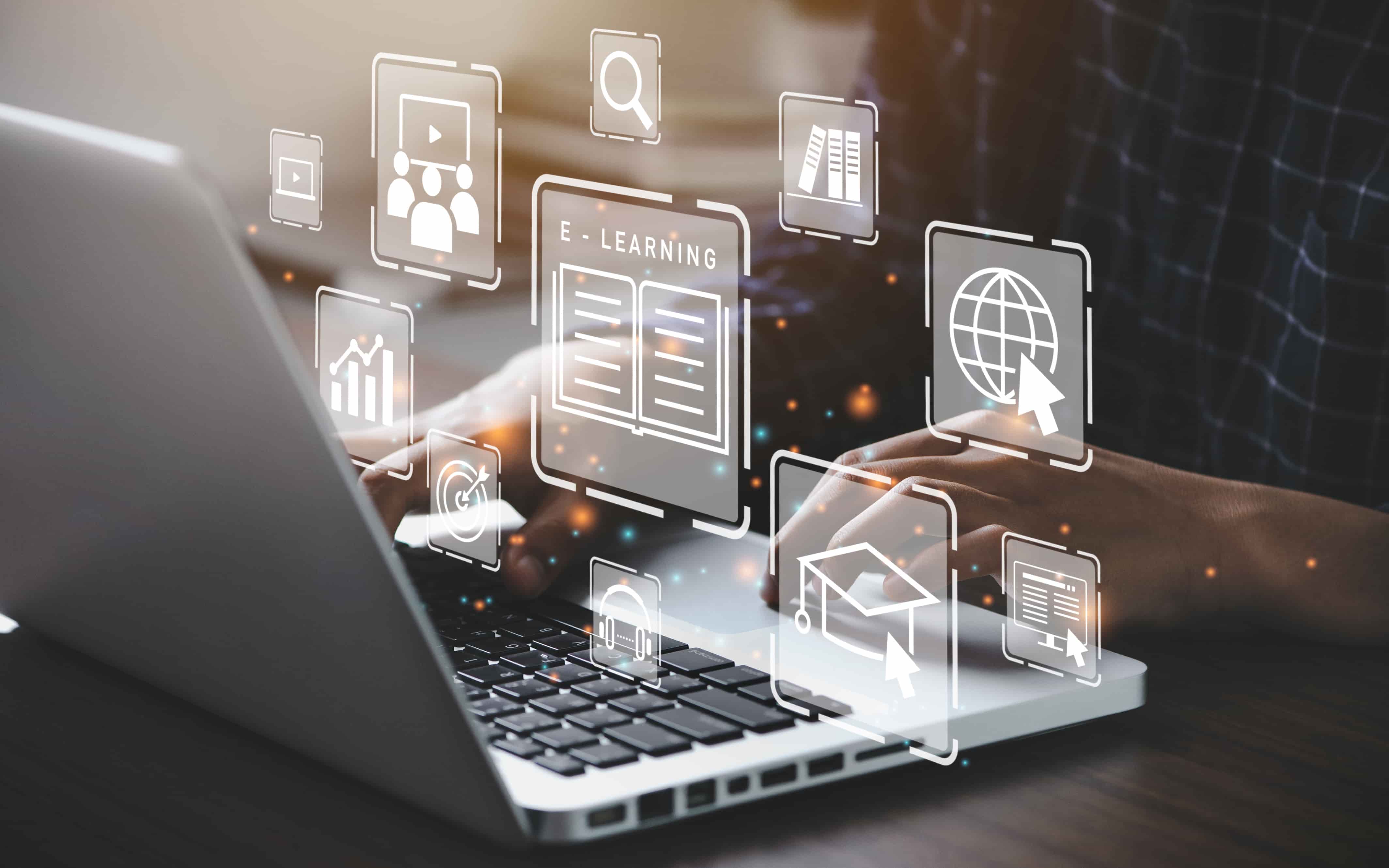
EdTech devices have come into the tech scene and is shaping how classrooms and giving students a wealth of information and interactive tools at their fingertips. But this digital transformation has come at a cost: schools and students alike are now exposed to a growing array of cyberthreats. There’s a growing risk of cyberattacks, unauthorized access, and data breaches.
Protecting sensitive student data and maintaining the integrity of the educational systems is crucial than ever before. Robust security measures aren’t just a nicety – they’re absolutely essential for ensuring a safe and productive online learning environment.
Read on as this guide discusses the seven essential ways to safeguard EdTech devices:
- Strategic Partnerships and Provider Selection
Building a robust EdTech security framework begins with selecting the right partners and providers. Educational institutions must seek out experts specializing in cybersecurity for the education sector. These partners can offer valuable insights into the latest threats, vulnerabilities, and best practices for securing EdTech devices.
Check out their sites such as elevatednetworks.us and others to assess their track record, experience, and the range of services they offer. Look for providers who not only provide cutting-edge security solutions but also offer ongoing support and training to keep your institution ahead of the curve.
Ultimately, the goal is to find a partner who understands your unique security needs. They should be able to tailor solutions to fit your budget and technological infrastructure. These partnerships allows you to build a multi-layered security approach that addresses all potential vulnerabilities.
- Robust Device and Network Security
Protecting EdTech devices and the networks they operate on requires a multi-faceted approach. The first line of defense is implementing robust security measures such as firewalls, intrusion detection systems, and up-to-date antivirus software. These tools act as barriers, scanning for and blocking malicious activity.
Regularly updating software and firmware is equally important. Software developers frequently release patches to address newly discovered vulnerabilities. Failing to apply these updates leaves devices susceptible to exploitation. In addition, network segmentation – isolating EdTech devices from other systems – can prevent threats from spreading across the entire network.
Finally, data encryption is a fundamental security practice. By encrypting data both in transit (while being transmitted over networks) and at rest (while stored on devices or servers), you ensure that even if data is intercepted or accessed, it remains unreadable and unusable to unauthorized individuals.
- Strong Password and Access Management

Passwords are often the weakest link in any security system. Therefore, enforcing strong password policies is crucial. Require users to create complex passwords that include a mix of uppercase and lowercase letters, numbers, and symbols. Consider implementing multi-factor authentication, which adds an extra layer of security by requiring users to provide a second form of verification, such as a code sent to their phone.
Limiting administrative access to only authorized personnel is another key practice. Administrative accounts hold elevated privileges and can be used to make significant changes to systems. Restricting access minimizes the risk of unauthorized modifications or misuse.
Role-based access controls are also essential. By assigning specific permissions based on users’ roles, you ensure that individuals can only access the data and functions necessary for their job responsibilities. Regularly auditing user accounts and activity logs helps identify any suspicious behavior or unauthorized access attempts.
- Comprehensive Data Protection
EdTech devices often contain sensitive student information, making data protection a top priority. Regular and secure data backups are essential. In a data loss incident, backups allow for quick and complete recovery, minimizing disruption.
Data loss prevention (DLP) measures are designed to prevent unauthorized exfiltration of sensitive data. These measures can include monitoring outgoing traffic, scanning emails for sensitive content, and restricting the use of removable storage devices.
Complying with relevant data privacy regulations is non-negotiable. In the U.S., the Family Educational Rights and Privacy Act (FERPA) governs the protection of student records. The General Data Protection Regulation (GDPR) applies to institutions that process the personal data of EU residents. Understanding and adhering to these regulations is crucial to avoid legal repercussions.
Educating users about data protection is equally important. Students, staff, and faculty should understand the importance of safeguarding sensitive information and be aware of the potential consequences of data breaches.
- Security Awareness Training
Human error is a significant factor in many cybersecurity incidents. Therefore, security awareness training is essential for all users of EdTech devices. Training programs should cover a wide range of topics, including identifying phishing scams, avoiding social engineering attacks, recognizing malware, and practicing safe online behavior.
Training should not be a one-time event but an ongoing process. Regular refresher courses simulated phishing exercises, and awareness campaigns can reinforce good security habits and keep users informed about the latest threats.
Creating a culture of security is key. Encourage users to report suspicious activity promptly. By fostering a sense of shared responsibility for security, you create a proactive environment where everyone plays a role in protecting EdTech devices and data.
- Mobile Device Management (MDM)
Mobile devices have become ubiquitous in education and managing them securely can be a challenge. Mobile Device Management (MDM) solutions offer a centralized way to control and secure these devices. MDM allows administrators to remotely enforce security policies, such as password requirements, app restrictions, and data encryption.
MDM also provides the ability to track devices in real time. If a device is lost or stolen, administrators can remotely lock it, wipe its data, or track its location, preventing unauthorized access to sensitive information.
The benefits of MDM extend beyond security. It can also streamline device deployment, automate software updates, and provide valuable insights into device usage patterns. By leveraging MDM, educational institutions can enhance both security and operational efficiency.
- Incident Response Planning
You can still be vulnerable even with the strongest defenses. That’s why you need a good incident response plan. This plan is your step-by-step guide to navigating a security breach, from who to notify and how to investigate, to containing the damage and getting back on track.
But here’s the catch: cyber threats change rapidly and becomes more sophisticated, so your plan needs to keep up. With cyberattacks, you run through different scenarios to find weak spots in your plan and make sure everyone knows their role when the real deal happens.
You want to react quickly and effectively when something goes wrong. By minimizing the damage, a prepared incident response team can be the difference between a minor setback and a major disaster.
Conclusion
Securing EdTech devices is an ongoing commitment, requiring vigilance and adaptation to address evolving threats. By implementing these security strategies, EdTech solutions can create a safe digital environment. When cybersecurity is a top priority, schools empower students, staff, and faculty to use the full potential of educational technology.



